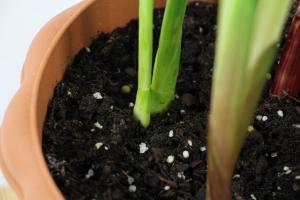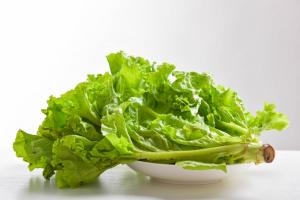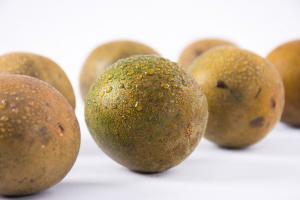How to say plant in Spanish
Plants are an integral part of nature, and different cultures have different names for them. If you are looking to learn how to say plant in Spanish, you have come to the right place. In this article, we will explore the different ways to say plant in Spanish.
Planta:
The most common and straightforward translation of plant in Spanish is "planta." It is a feminine noun and can refer to any type of plant, including flowers and trees. For example, "El jard铆n est谩 lleno de plantas hermosas" would translate to "The garden is full of beautiful plants."
Vegetal:
Another word that is commonly used to refer to plants in Spanish is "vegetal." However, unlike "planta," "vegetal" is generally used to describe plants that are used for food consumption. For example, "La ensalada est谩 llena de vegetales frescos" would translate to "The salad is full of fresh vegetables."
Hierba:
The word "hierba" in Spanish refers to a specific type of plant, namely grass or herbs. It is often used in the context of medicinal herbs. For instance, "Esta hierba puede ayudar con el dolor de cabeza" would translate to "This herb can help with a headache."
Cultivo:
If you are looking to refer to plants in the context of agriculture or horticulture, you can use the word "cultivo." It is a masculine noun and can refer to any type of crop or plant grown for human consumption or commercial purposes. For example, "El cultivo de ma铆z en esta regi贸n es muy importante" would translate to "Maize cultivation is very important in this region."
Flores:
If you want to specifically refer to flowers, you can use the word "flores." It is a feminine noun and refers to any type of flower, from roses to daisies. For instance, "Los jardines est谩n llenos de flores de colores" would translate to "The gardens are full of colorful flowers."
谩rbol:
Finally, if you want to specifically refer to a tree, you can use the word "谩rbol." It is a masculine noun and refers to any type of tree, from oak to cedar. For example, "Los 谩rboles de esta zona son muy altos" would translate to "The trees in this area are very tall."
In conclusion, there are several ways to say plant in Spanish, depending on the context and the specific type of plant you want to refer to. Some of the most common words include "planta," "vegetal," "hierba," "cultivo," "flores," and "谩rbol." Whether you want to talk about flowers, trees, or medicinal herbs, you can use these words to express yourself in Spanish.

 how many times do yo...
how many times do yo... how many planted tre...
how many planted tre... how many pine trees ...
how many pine trees ... how many pecan trees...
how many pecan trees... how many plants comp...
how many plants comp... how many plants can ...
how many plants can ... how many plants and ...
how many plants and ... how many pepper plan...
how many pepper plan...






























